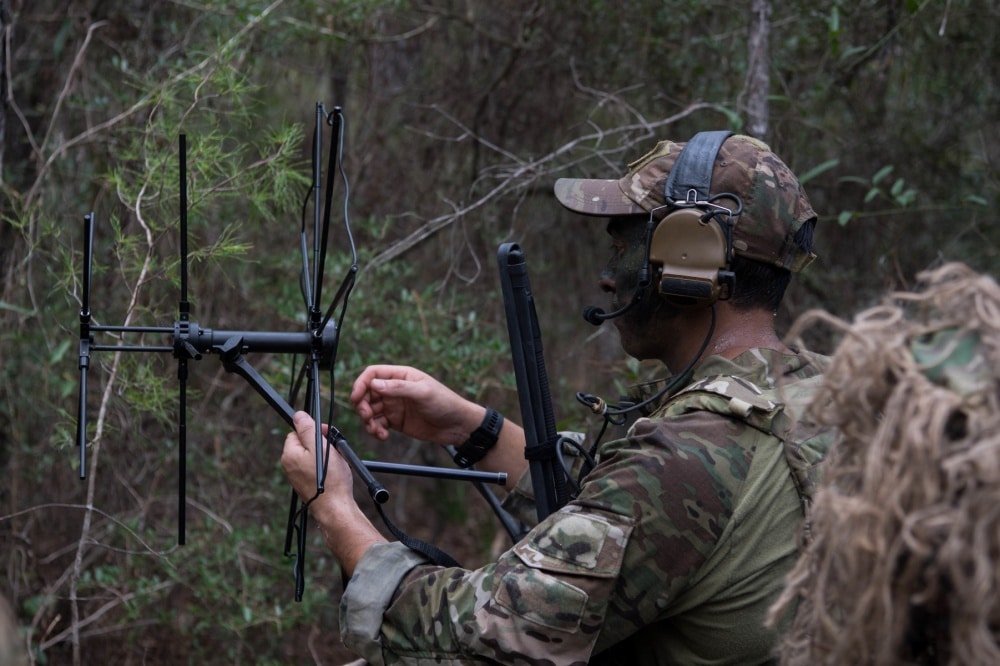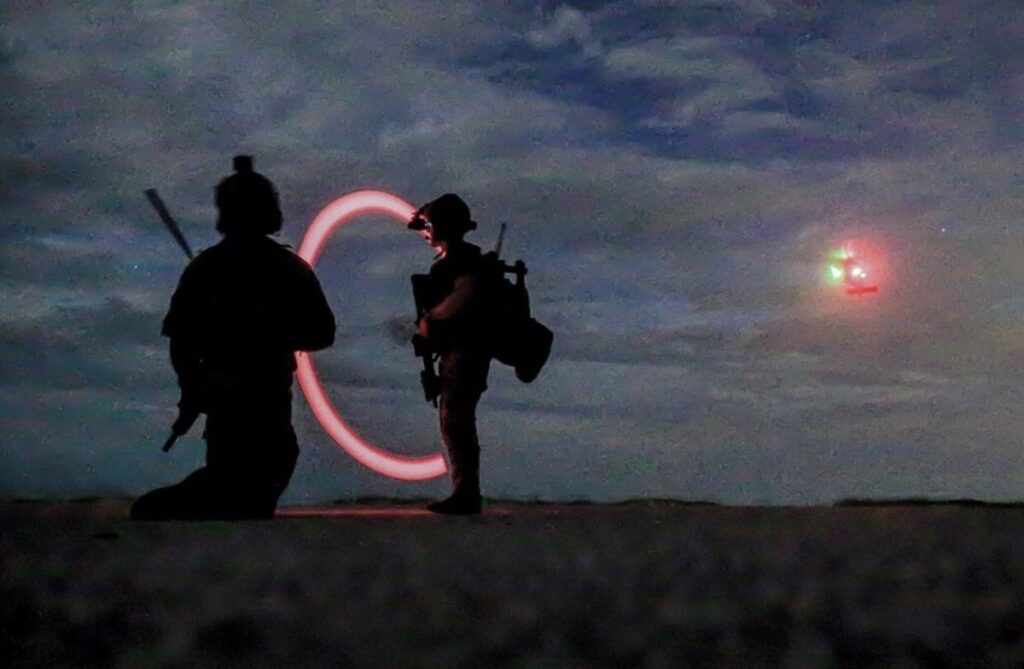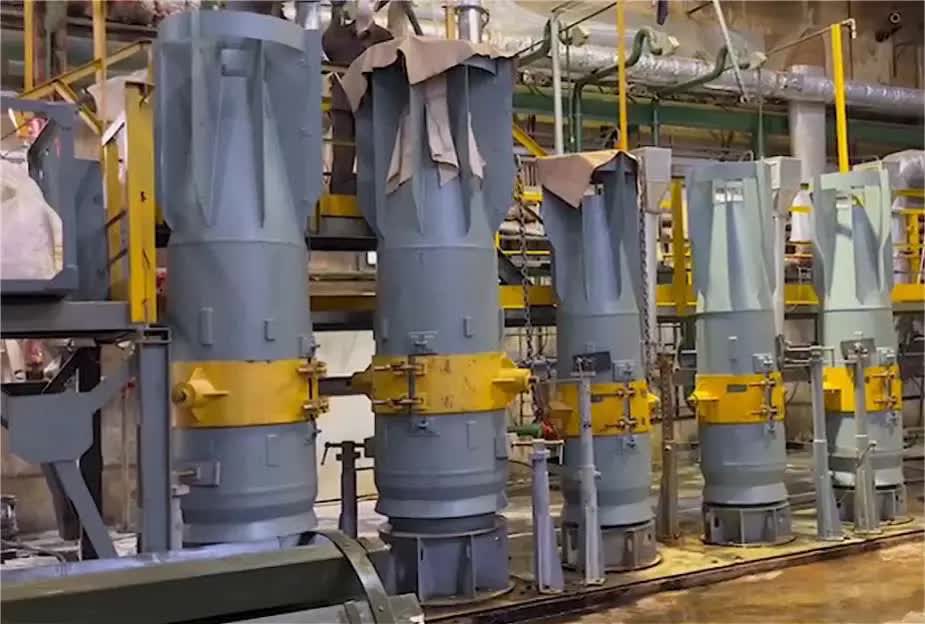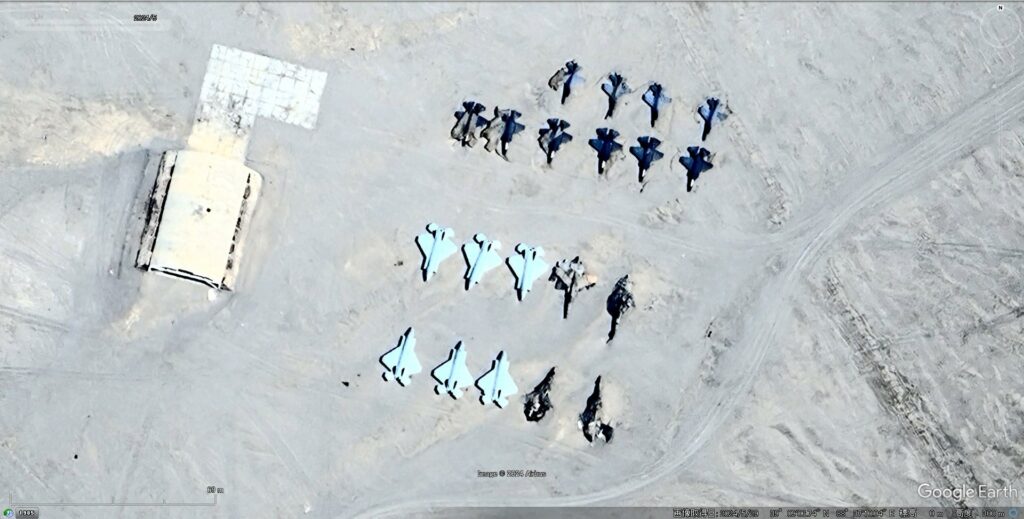Great Power Competition.
Ever since the Department of Defense (DoD) published its new National Defense Strategy in 2018, Great Power Competition has become the new buzzword in military and intelligence circles. Despite – but also because of – the numerous government agencies and parties concerned about Great Power Competition the term doesn’t have an official definition yet.
One could define Great Power Competition as the process when state actors pursue influence, leverage, and advantages to secure their interests.
As the U.S. military is shifting gears from counterinsurgency and low-intensity conflicts to near-peer conflict, the U.S. Special Operations Command (SOCOM) and its subordinate commands are adapting to stay ahead of the curve.
In a recent interview at the Air Force Association’s Air, Space, Cyber Conference, Lieutenant General Jim Slife, the commander of Air Force Special Operations Command (AFSOC), spoke about how his Air Commandos are looking to evolve and be an asset to the rest of the DoD in the era of Great Power Competition.

In short, AFSOC is looking to invest in its operators and crews; to communicate better its capabilities to “customers;” and to tighten its relationships with the Air Force.
Lt. Gen. Slife began by saying that the new AFSOC will need to be different from the one that went to war after the 9/11 attacks.
“We clearly see the future coming at us full speed ahead, so we have to change ourselves before the environment does it for us,” said Slife in a press interview.
“What that means is that we have to stop doing some of the things that we’ve been doing in order to free up our human capital and the limited financial resources we have to do the things that are those high-valued things required for the future.”
AFSOC is comprised of special operations aircraft and special tactics troops. In the latter category there are four career fields: Pararescue (PJ), Combat Control (CCT), Special Reconnaissance (SR), and Tactical Air Control Party (TACP).
PJs are the only unit in the Department of Defense specially trained and equipped to conduct combat rescue and personnel recovery missions. CCTs specialize in surveying air assault and landing zones and are usually qualified Joint Terminal Attack Controllers (JTACs), meaning that they can call in airstrikes. SR operators, the newest AFSOC career field, specialize in air-focused, ground-level Intelligence, Reconnaissance, and Surveillance (ISR). Finally, special operations TACPs are JTACs and get attached to other special operations units.

Some of these career fields came under strain because of the intense demands that the Global War on Terror (GWOT) placed on AFSOC. The need for more operators had to be balanced with maintaining the selection and training standards. During the conference, Slife acknowledged this pressure for more operators, without compromising standards, and stated that AFSOC is on a healthy, sustainable path to meet its quotas.
However, he noted that some of their career fields might have become too specialized to remain competitive at a time of reduced budgets. Slife said that they are looking into this and considering expanding the skill and mission sets for some of their career fields.
Moreover, AFSOC, it seems, might need to market itself better to regional commanders. According to Slife, officers from other branches are usually aware of AFSOC’s special tactics capability but not so aware of the other capabilities of the command.
“What we need to do is kind of open the curtain a little bit. . . so that they [other commanders] understand what capabilities are available to them through the forces that AFSOC provides,” said Slife.
Additionally, AFSOC is looking to get closer to its parent service since the Air Force ‘speaks’ the same language and thus might be better positioned to leverage the capabilities of its Air Commandos in an era of Great Power Competition.




